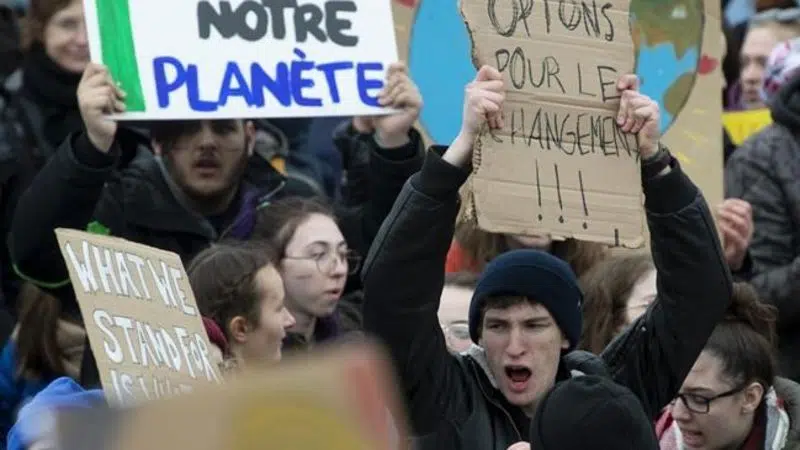
Study tries to bring human behaviour into climate change projections
Climate change can seem like a problem too vast for everyday people to influence, but research using computer models suggests that public attitudes and social learning can have a measurable impact on global warming.
“It feels like it’s a bit of a hopeful study, in that it is possible for this change to happen,” said Madhur Anand of the University of Guelph. “It’s a big challenge and a lot of things have to change.”
Mathematical models of how climate responds to different levels of greenhouse gases are a mainstay of climate science. Those models, however, don’t take into account how humans respond to those changes.


